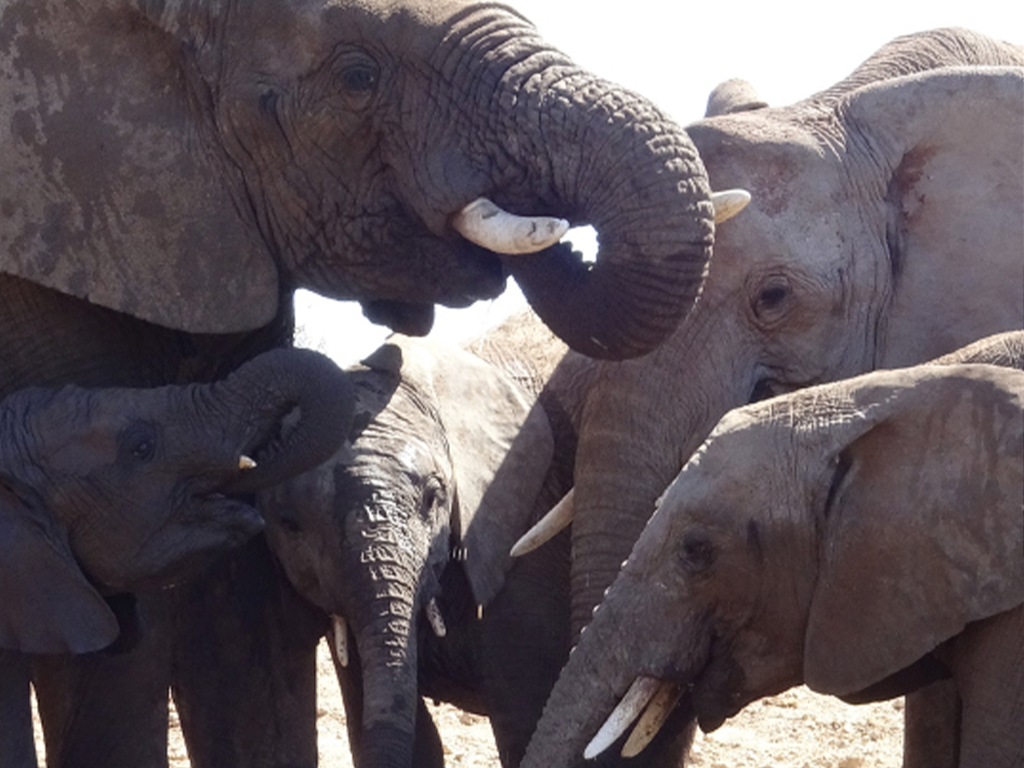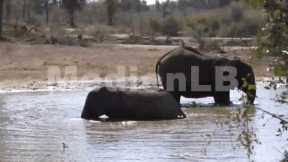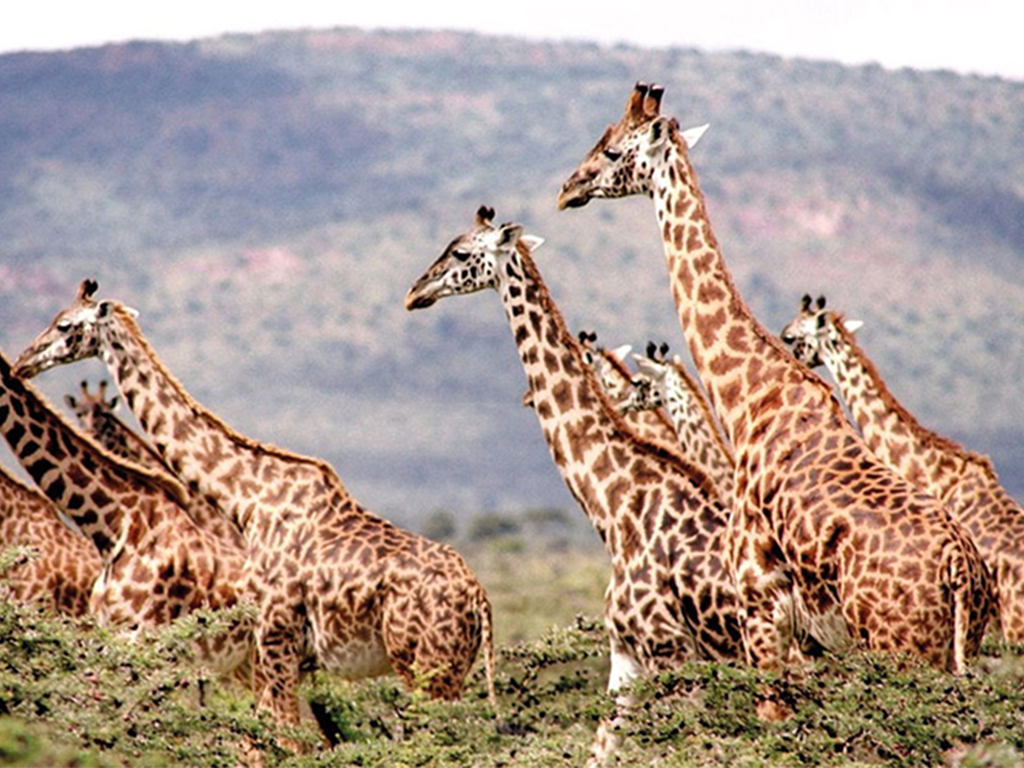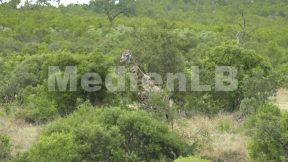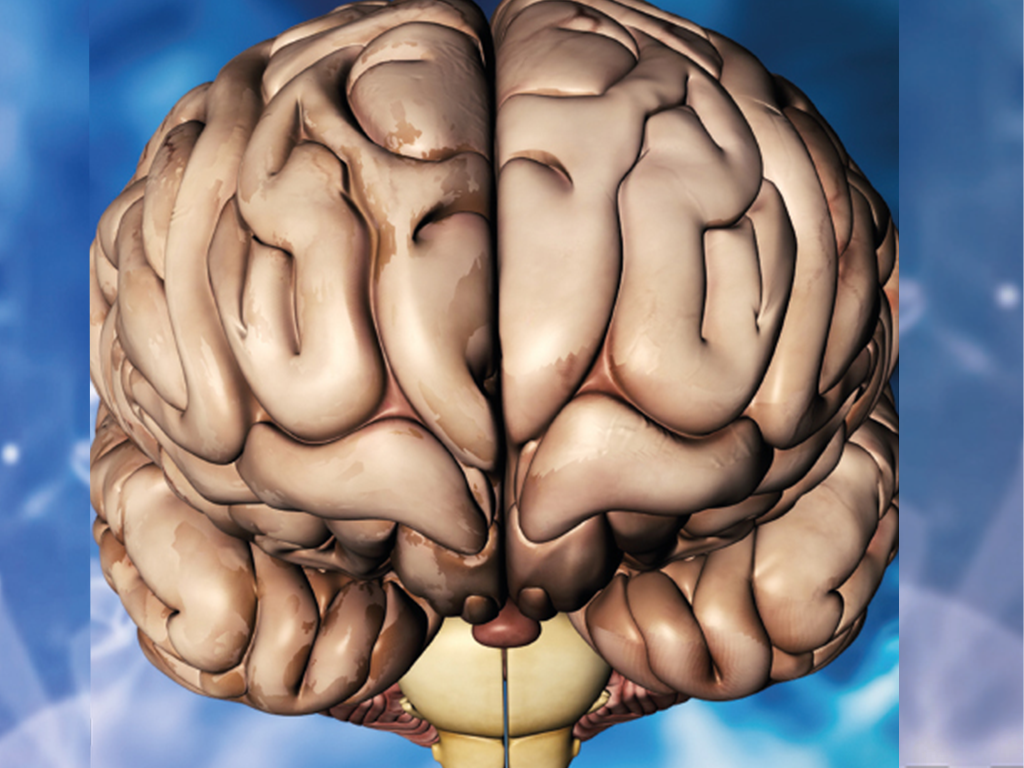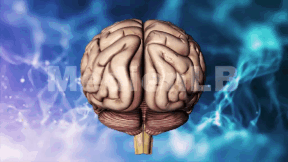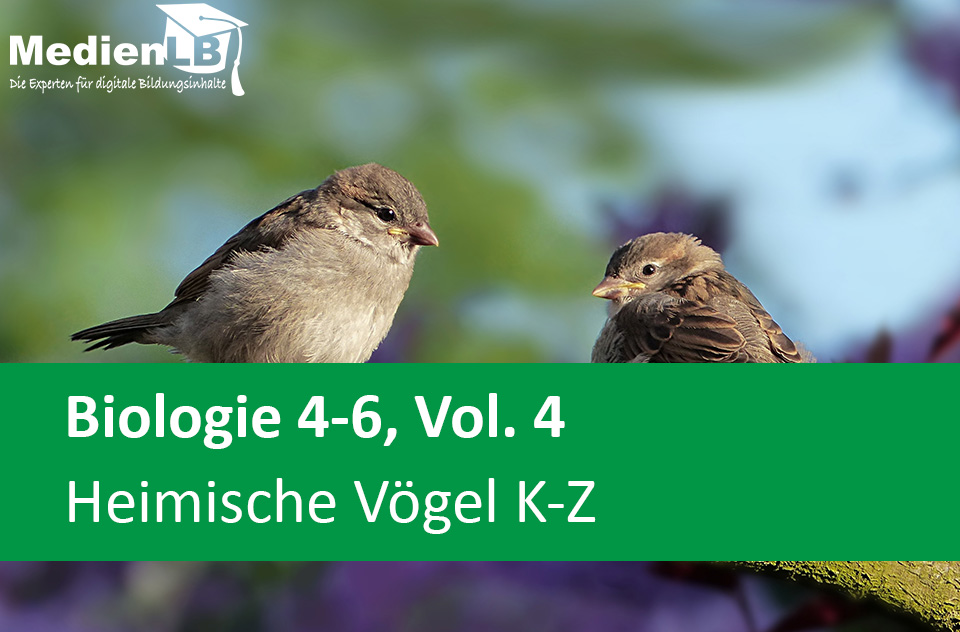
55504751
Heimische Vögel K-Z
In unserem Arbeitsheft Biologie 4-6, Vol. 4, Artenvielfalt – Heimische Vögel K-Z finden Sie 50 interaktive und didaktisch aufbereitete Aufgaben.
Das Medium bietet H5P-Aufgaben an, die ohne zusätzliche Software verwendbar sind. Das Medium enthält interaktive Videos und 50 H5P-Aufgaben zum Thema Heimische Vögel K-Z.
Durch interaktive Aufgabentypen wird das audiovisuelle und interaktive Lernen einfach.
Lernen macht jetzt Spaß!
Included Tasks
- 1. Der Star (Sturnus vulgaris) - Video mit Aufgaben
- 2. Verbreitung des Stares - Video mit Aufgaben
- 3. Nahrung der Stare - Video mit Aufgaben
- 4. Fortpflanzung der Stare - Video mit Aufgaben
- 5. Schwarmverhalten der Stare - Video mit Aufgaben
- 6. Ordne zu! Der Star - Interaktive Aufgabe
- 7. Kernbeißer (Coccothraustes coccothraustes) - Artenporträt
- 8. Kiebitz (Vanellus vanellus) - Artenporträt
- 9. Kleiber (Sitta europaea) - Artenporträt
- 10. Klappergrasmücke (Sylvia curruca) - Artenporträt
- 11. Mauerläufer (Tichodroma muraria) - Artenporträt
- 12. Mauersegler (Apus apus) - Artenporträt
- 13. Mehlschwalbe (Delichon urbica) - Artenporträt
- 14. Misteldrossel (Turdus viscivorus) - Artenporträt
- 15. Mittelspecht (Dendrocopos medius) - Artenporträt
- 16. Mönchsgrasmücke (Sylvia atricapilla) - Artenporträt
- 17. Neuntöter (Lanius collurio) - Artenporträt
- 18. Pirol (Oriolus oriolus) - Artenporträt
- 19. Rohrdommel (Botaurus stellaris) - Artenporträt
- 20. Rotkehlchen (Erithacus rubecula) - Artenporträt
- 21. Schafstelze (Motacilla flava) - Artenporträt
- 22. Schwanzmeise (Aegithalos caudatus) - Artenporträt
- 23. Schwarzspecht (Dryocopus martius) - Artenporträt
- 24. Seidenschwanz (Bombycilla garrulus) - Artenporträt
- 25. Singdrossel (Turdus philomelos) - Artenporträt
- 26. Stieglitz (Carduelis carduelis) - Artenporträt
- 27. Tannenhäher (Nucifraga caryocatactes) - Artenporträt
- 28. Tannenmeise (Periparus ater) - Artenporträt
- 29. Wacholderdrossel (Turdus pilaris) - Artenporträt
- 30. Wachtelkönig (Crex crex) - Artenporträt
- 31. Waldschnepfe (Scolopax rusticola) - Artenporträt
- 32. Wasseramsel (Cinclus cinclus) - Artenporträt
- 33. Wendehals (Jynx torquilla) - Artenporträt
- 34. Zaunkönig (Troglodytes troglodytes) - Artenporträt
- 35. Ziegenmelker (Caprimulgus europaeus) - Artenporträt
- 36. Zilpzalp (Phylloscopus collybita) - Artenporträt
- 37. Ordne zu! - 2 Vögel als Puzzle (5)
- 38. Ordne zu! - 2 Vögel als Puzzle (6)
- 39. Ordne zu! - 2 Vögel als Puzzle (7)
- 40. Ordne zu! - 2 Vögel als Puzzle (8)
- 41. Ordne die Namen den Vögeln zu! - Interaktive Aufgabe (5)
- 42. Ordne die Namen den Vögeln zu! - Interaktive Aufgabe (6)
- 43. Ordne die Namen den Vögeln zu! - Interaktive Aufgabe (7)
- 44. Ordne die Namen den Vögeln zu! - Interaktive Aufgabe (8)
- 45. 6 Vögel - Finde die Bildpaare (3)
- 46. 6 Vögel - Finde die Bildpaare (4)
- 47. Artenvielfalt - Vögel richtig zuordnen (3)
- 48. Artenvielfalt - Vögel richtig zuordnen (4)
- 49. Schnellraterunde - Vögel (3)
- 50. Schnellraterunde - Vögel (4)
Curriculum-centred and oriented towards educational standards
Matching
Giraffes
The giraffe is a superlative mammal. It is considered the largest land mammal, has a neck up to two meters long and the pattern of its fur is as unique as the fingerprint of a human.
Human Brain
Every organism, no matter whether it is an earthworm, a snail, a fish or a human being, takes in information from the environment through differently structured sensory organs. This was absorbed first by a diffusely organised nervous system, which, in the course of evolution, has been replaced by a hierarchically organised one. Eventually a controlling centre has developed that interconnects and coordinates the nerve impulses supplied by receptors, reacts appropriately and is called the brain. In more highly developed organisms a part of the body has developed into a head, in parallel to the development of the brain.




